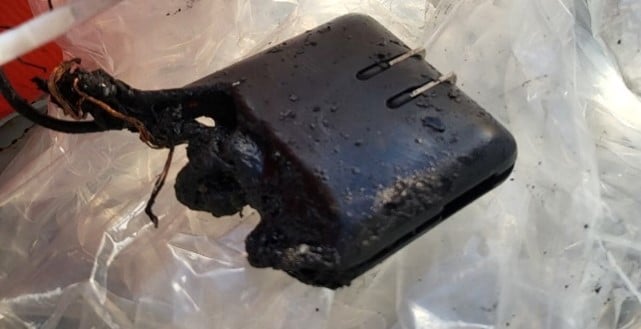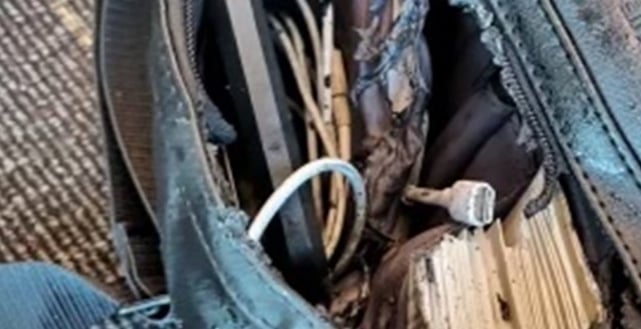
As an industry the threat of Lithium fires has remained for many Operators the most difficult and challenging risk to manage. But as society becomes more dependent on the use of portable electronic devices the threat of fires in the cabin has grown. Data shows that the threat comes from a wide range of devices, mobile phones, E-cigarettes, and laptops, being but a few.
Dealing with cabin fire is a challenging and dangerous activity undertaken by trained cabin crew, but are the tools and controls in place effective? A case study describing a fire in the cabin event on a B737 discussed the effectiveness of the mitigations and challenges faced by the crew onboard.

Approximately 3-5 minutes after takeoff a passenger’s auxiliary battery device spontaneously caught fire in the first-class cabin. The cabin crew adopted their prescribed roles and went about their fire fighting duties as per the Organizations procedures. Whilst the cabin filled with thick dense smoke, the device was brought under control utilizing a combination of a water extinguisher and halon. As a result of the smoke, all four cabin crew were hospitalized for smoke inhalation.
Whilst the fire was brought rapidly under control, several challenges were faced by the cabin crew, from which learning should be taken. The dense smoke in the cabin made the firefighting activity incredibly challenging, and any delay to the activity only served to exacerbate the situation. In fire situations speed is of the essence to prevent further spread and to reduce passenger and crew risk of smoke inhalation. In this scenario the crew experienced difficulty with opening the thermal containment bags and breaking the seal holding the gloves, additionally the bulky gloves made removing the smoking device challenging. Additionally, the responding crew did not feel that they had enough time to don the protective breathing equipment that was provided for such incidents.

Global Recommendations
Similar Events & Reading Material